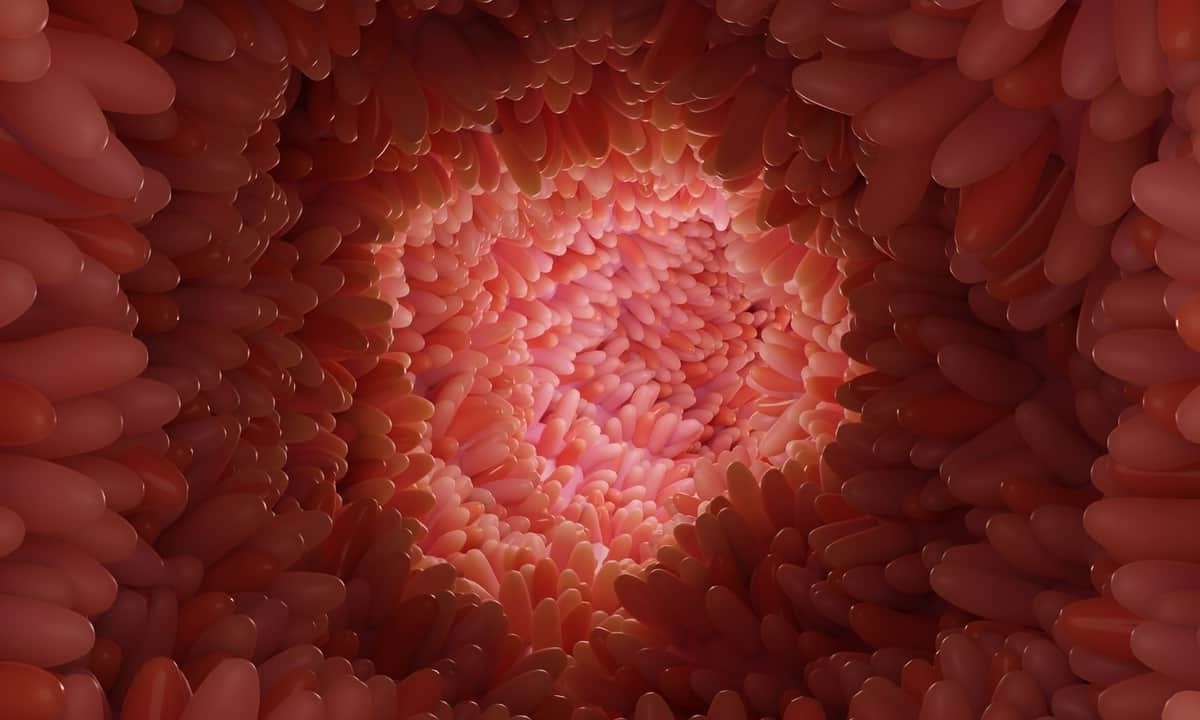
What is the duodenum? The duodenum is the first section of the small intestine, connecting the stomach to the jejunum. It's a crucial part of the digestive system, responsible for breaking down food with the help of enzymes and bile. This C-shaped tube, about 10 inches long, plays a key role in nutrient absorption. Ever wondered why it's called the duodenum? The name comes from the Latin word "duodeni," meaning twelve, as it’s roughly twelve finger-widths long. From neutralizing stomach acid to absorbing iron and calcium, the duodenum is a busy place. Ready to learn more? Let's dive into 25 fascinating facts about this essential part of your digestive system!
What is the Duodenum?
The duodenum is the first part of the small intestine. It plays a crucial role in digestion. Here are some fascinating facts about this important organ.
-
The duodenum is about 25-30 cm long. It's roughly the length of a ruler.
-
It connects the stomach to the jejunum, the second part of the small intestine.
-
The name "duodenum" comes from the Latin word "duodeni," meaning "twelve." It's named this because it's about twelve finger-widths long.
-
The duodenum is C-shaped. It curves around the head of the pancreas.
Functions of the Duodenum
The duodenum has several important functions in the digestive process. Let's explore these functions.
-
It receives partially digested food from the stomach. This food is called chyme.
-
The duodenum neutralizes stomach acid. It uses bicarbonate from the pancreas to do this.
-
It releases hormones like secretin and cholecystokinin. These hormones help regulate digestion.
-
The duodenum absorbs nutrients. It takes in vitamins, minerals, and other essential nutrients.
-
It breaks down proteins, fats, and carbohydrates. Enzymes from the pancreas and bile from the liver aid in this process.
Anatomy of the Duodenum
The duodenum has a unique structure that helps it perform its functions. Here are some details about its anatomy.
-
The duodenum has four parts: the superior, descending, horizontal, and ascending parts.
-
The superior part is the first section. It connects to the stomach.
-
The descending part is where the bile and pancreatic ducts enter. These ducts bring digestive juices into the duodenum.
-
The horizontal part crosses the midline of the body. It runs from right to left.
-
The ascending part connects to the jejunum. This is the final section of the duodenum.
Health and the Duodenum
The duodenum can be affected by various health conditions. Understanding these conditions can help maintain digestive health.
-
Duodenal ulcers are a common condition. They are sores that form in the lining of the duodenum.
-
Helicobacter pylori bacteria can cause duodenal ulcers. This bacteria damages the protective lining of the duodenum.
-
Nonsteroidal anti-inflammatory drugs (NSAIDs) can also cause ulcers. These drugs can irritate the duodenum's lining.
-
Celiac disease affects the duodenum. It causes an immune reaction to eating gluten, damaging the duodenum.
-
Crohn's disease can involve the duodenum. This inflammatory bowel disease can cause inflammation in any part of the digestive tract.
Interesting Facts about the Duodenum
Here are some more intriguing facts about the duodenum that you might not know.
-
The duodenum has a rich blood supply. It gets blood from both the celiac artery and the superior mesenteric artery.
-
It has a high rate of cell turnover. The lining of the duodenum renews itself every few days.
-
The duodenum is involved in iron absorption. It helps the body take in this essential mineral.
-
It plays a role in regulating blood sugar levels. Hormones released by the duodenum can influence insulin secretion.
-
The duodenum can be affected by tumors. Both benign and malignant tumors can develop in this part of the small intestine.
-
The duodenum is essential for overall health. Proper function of the duodenum is crucial for digestion and nutrient absorption.
Final Thoughts on the Duodenum
The duodenum plays a crucial role in digestion. It’s the first part of the small intestine, where food mixes with bile and pancreatic juices. This process breaks down nutrients, making them easier to absorb. Without the duodenum, our bodies wouldn’t get the essential nutrients needed for energy and growth.
Understanding the duodenum’s function helps us appreciate how our digestive system works. It’s fascinating how this small section of the intestine can have such a big impact on our overall health. From neutralizing stomach acid to absorbing vital nutrients, the duodenum is a powerhouse in our digestive tract.
Next time you eat, remember the journey your food takes. The duodenum ensures you get the most out of every meal. It’s a small but mighty part of our anatomy, working tirelessly to keep us healthy.
Was this page helpful?
Our commitment to delivering trustworthy and engaging content is at the heart of what we do. Each fact on our site is contributed by real users like you, bringing a wealth of diverse insights and information. To ensure the highest standards of accuracy and reliability, our dedicated editors meticulously review each submission. This process guarantees that the facts we share are not only fascinating but also credible. Trust in our commitment to quality and authenticity as you explore and learn with us.
